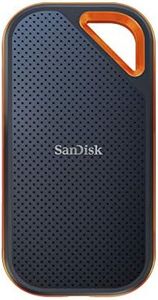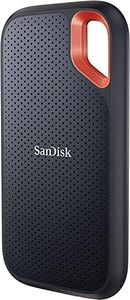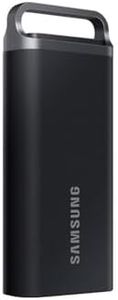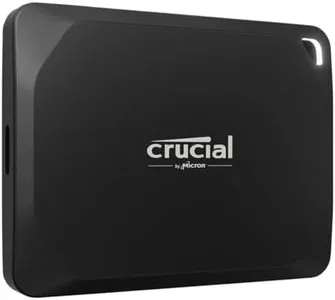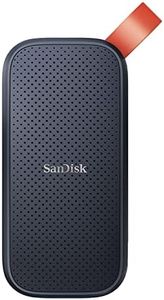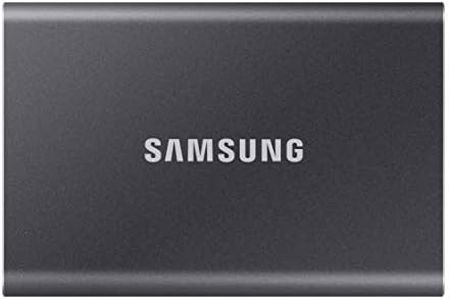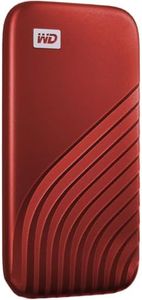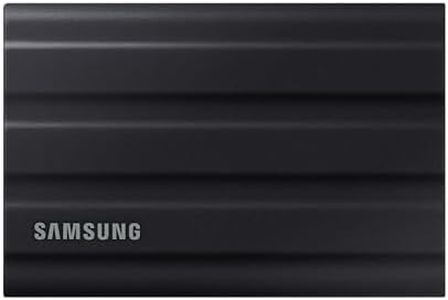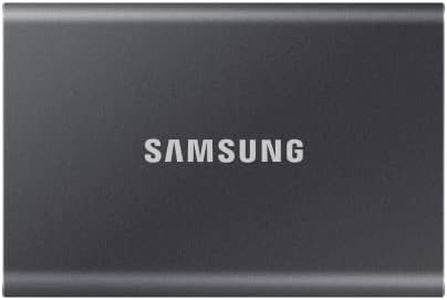We Use CookiesWe use cookies to enhance the security, performance,
functionality and for analytical and promotional activities. By continuing to browse this site you
are agreeing to our privacy policy
10 Best External Ssds
From leading brands and best sellers available on the web.By clicking on a link to a third party's website, log data is shared with that third party.
Buying Guide for the Best External Ssds
When shopping for an external SSD, it's important to focus on how you'll use it rather than just picking the most expensive or biggest one you can find. Think about whether you need to store big files, back up precious data, transfer files between devices, or just want a speedy drive for everyday use. Understanding these needs helps you focus on the specs that matter most and gets you a SSD that's reliable and easy to use, without paying for features you won't need.Storage CapacityStorage capacity tells you how much data you can save on your SSD, measured in gigabytes (GB) or terabytes (TB). Higher capacity lets you store more files, such as photos, videos, games, and documents. SSDs usually come in sizes like 250GB, 500GB, 1TB, 2TB, or more. If you mostly keep documents and light media files, a smaller drive might be enough. If you work with large videos or want to make full system backups, go for a larger capacity. Think about your current storage needs and what you might need in the future to choose the right size.
Read/Write SpeedRead and write speed measures how fast the SSD can move your data, with higher numbers meaning less waiting around. Speeds are mentioned in megabytes per second (MB/s). Basic models might offer around 400-500 MB/s, which is fine for everyday tasks. Faster drives can go above 1000 MB/s and are great for moving lots of big files quickly, such as videos or for editing projects straight from the drive. If you're just backing up personal files or photos, you may not notice much difference; but for creative work or large file handling, higher speeds save lots of time.
Interface (Connection Type)The interface points out how the SSD connects to your device, such as USB-A, USB-C, or Thunderbolt. Different ports offer different speeds and compatibility. USB-A works with many older computers, while USB-C is common on newer laptops, tablets, and phones, and Thunderbolt ports provide the fastest connections, mainly used for professional work. If you want the best speed and future-proofing, look for a USB-C or Thunderbolt connection, but always make sure it matches your device's ports. Compatibility and cable inclusion are also important for hassle-free use.
Durability and Build QualityDurability refers to how well the SSD can handle drops, bumps, and outdoor use. Some drives are built with rugged cases, water and dust resistance (sometimes marked as IP ratings), and shock protection. If you plan to carry your SSD around a lot or use it in rough environments, these features will protect your data from accidents. If your SSD will mostly sit on a desk, regular models are fine, but for travelers or photographers working outdoors, ruggedness is key.
Security FeaturesSecurity features help protect your data from unauthorized access, sometimes offering password protection, encryption, or hardware-based security. Encryption (like AES 256-bit) makes it harder for others to access your data even if you lose the SSD. If you deal with sensitive work files or personal information, look for drives with built-in security options. For casual users who just keep music and movies, this may not be a big concern.
Physical Size and PortabilityPhysical size and portability describe how easy it is to carry your SSD. Most external SSDs are compact and lightweight, but sizes and shapes can vary. If you're slipping the drive in your pocket or laptop bag every day, smaller is better. For desktop use where the drive stays put, size isn’t as critical. Consider how and where you'll carry it to find the most comfortable fit.
Compatibility with DevicesCompatibility tells you whether the SSD will work easily with your computers, phones, or gaming consoles. Some drives require reformatting or only work with certain operating systems (like Windows, Mac, or Linux). Always check if the SSD can plug into your devices straight away, or if you'll have to make some adjustments. If you move between different types of devices, pick a model that's known for universal compatibility.
